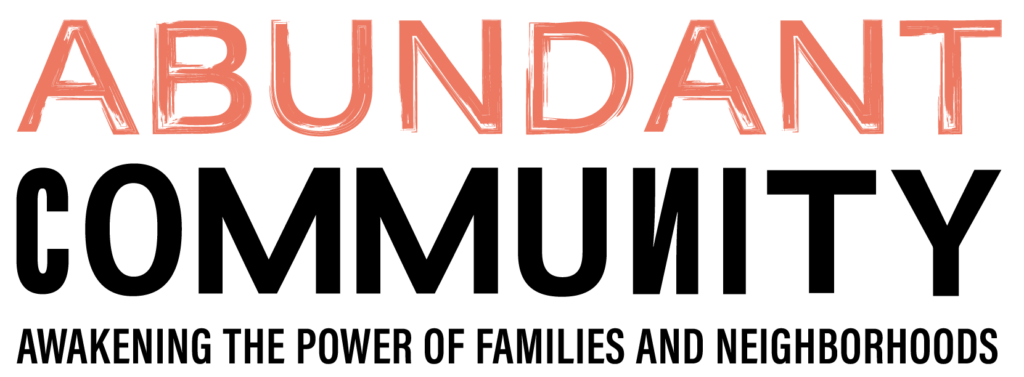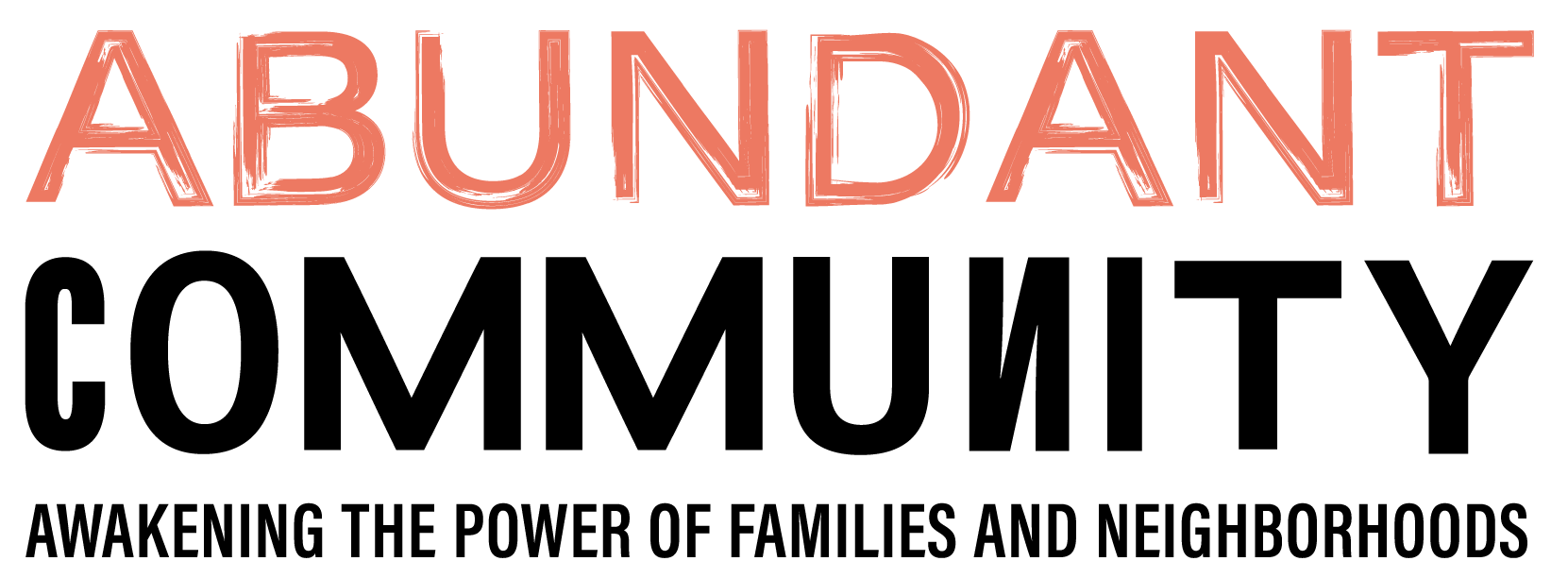If you attend the meetings of many neighborhood organizations, their focus is mainly on local issues. These often include unruly youth, dangerous alleys, graffiti, lack of jobs, dangerous police, drug sales, belligerent local merchants, the incompetent teachers in the school, lack of space for a community garden, unreasonably high city fines and the unresponsiveness of city officials, etc.
After identifying the issues, the deliberation that follows centers on who’s to blame for each issue and what can be done about changing them. Typically, the blame falls on police, youth workers, teachers, merchants, local officials, landlords, etc. As a result, the groups’ action requires them to have enough power to influence or change the practices of blame worthy local institutions and professionals.
There is an alternative path. It is pursued by some neighborhood groups that identify issues but they don’t then ask, “Who’s to blame?” Instead, their first question is, “As organized residents on this block, what do we have to do with these issues? What are the issues that we can deal with using our own capacities and resources?”
They know that they are both creators of issues and have the neighborhood power to solve many of them with their local resources. Taking this path leaves organized residents to act first as powerful problem solvers rather than starting out as blamers, complainers, supplicants, dependencies or beggars. Instead, they start by recognizing that neighbors have work to do that only they can do.*
They know, for example, that police are very limited, at best, in making them secure. They know this because they have experienced a succession of police initiatives that have come and gone with very limited effect. They understand that they have to do their part of the work if the neighborhood is to be secure. ** When the discussion turns to what they can do together with their resources to be secure, healthy, knowledgeable, employed, economically thriving and welcoming they become actors, producers, creators and problem solvers – the essential role of citizens with work to do. On the other hand, when they initially take the typical blaming path they will forget that they are the primary force for problem solving. And that if they don’t take on work that only they can do together, they will suffer the consequence of being isolated, unproductive and unsupported families.
* This primary work is to maintain and extend seven basic functions of a neighborhood: security, health, education, ecology, food, economy and care of children. See Learning #9 – Refunctioning at JohnMcKnight.org.
** The Great American City by Robert Sampson is a major study of changing Chicago neighborhoods. He finds that, “Increases in collective efficacy in the latter part of the 1990’s significantly forecasts decreases in crime during the decade of 2000-2010…”
Originally published for the Kettering Foundation, John’s complete set of learnings can be found at https://johnmcknight.org/learnings.


